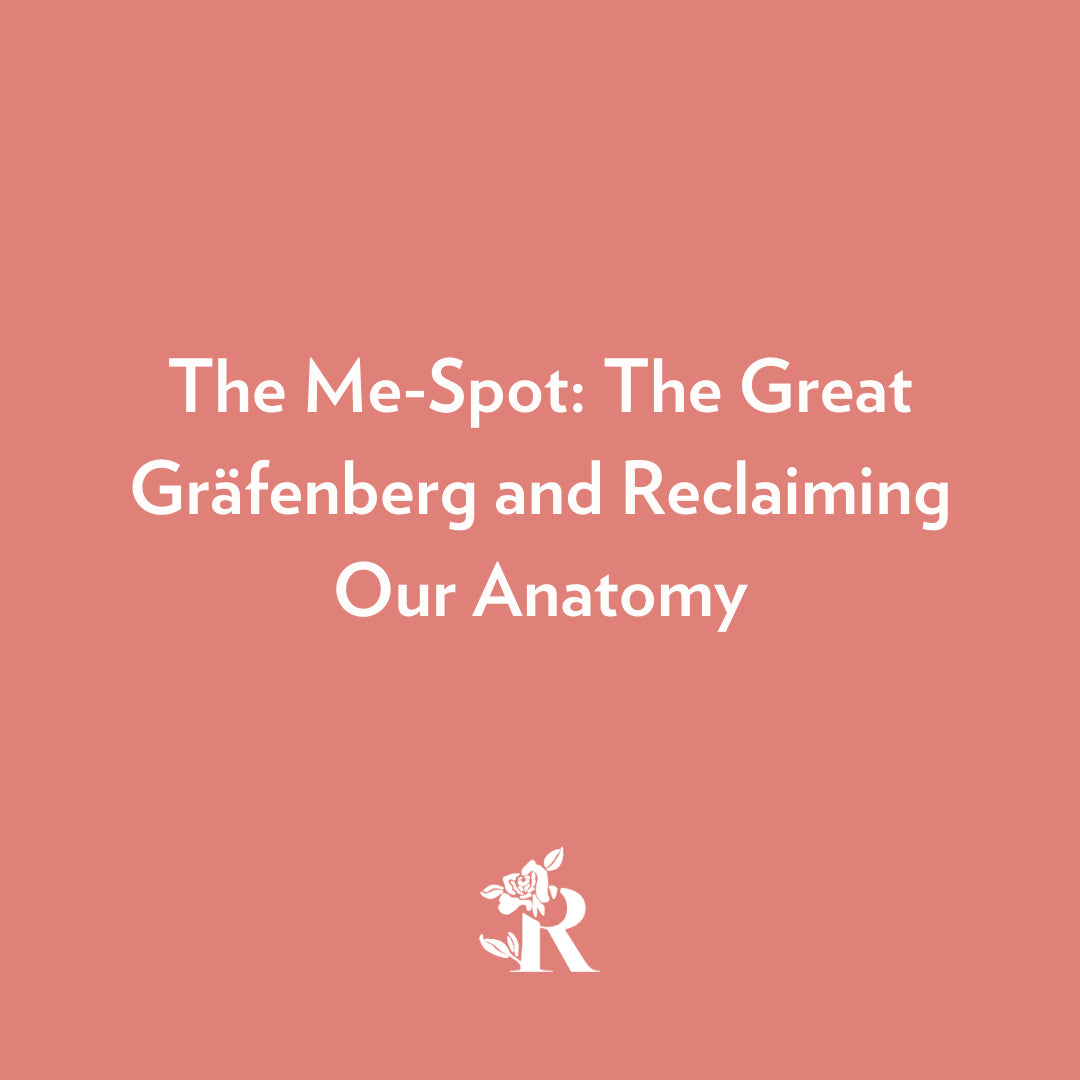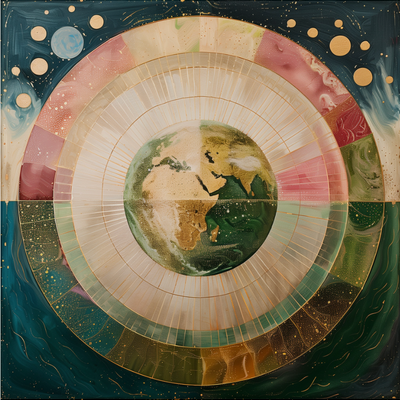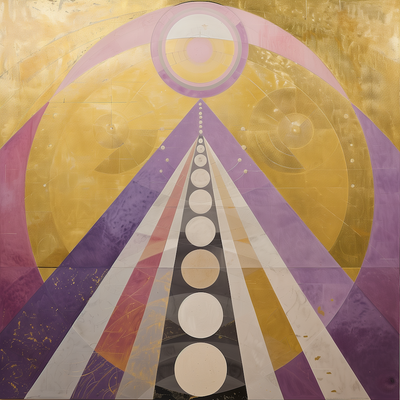The Me-Spot: The Great Gräfenberg and Reclaiming Our Anatomy
Since there are about 25,000 more of you today than there were last January (!!!! Be still my beating founder heart and thank you thank you thank you!!!), we'd like to take a moment to talk about intimate female anatomy with anyone who's missed out on our prior conversations.
Let’s start with that hyper-charged area in the vagina, commonly called the “G-spot.” Did you know it was named for a German gynecologist named Ernst Gräfenberg? Normally, I bristle when female body parts are named after the men who “discovered” them—but Gräfenberg was a true pioneer in the early 1900s, seeking to understand the roots of female pleasure and promote female autonomy. He studied the physiology of egg implantation, and went on to develop, in 1929, the first IUD. Still…with all respect for Dr. G—and in line with our broader intent to reclaim our bodies as our own—how about we start calling it the “Me-spot” from here on out?
The Me-spot is a sensitive, spongy, bean-shaped area located about 2.5”-5” inches inside the vagina on the upper anterior wall. When stimulated and engorged, it can produce powerful orgasms and promote female ejaculation. But did you know that this spot is actually an internal part of the clitoris? That little bulb you see at the top of your vulva is just one part of the clitoral story. The whole clitoris is shaped like a wishbone, with two "legs;" those legs end at the Me-spot. Still curious? View our favorite clitoral puppet show, offered last year on our channel by educator Lucia Pavone.
If any or all of this is news to you, you're not alone. Many women worldwide don't know their vulva from their vagina—and that's not by accident. It’s because there's very little sex education available to adult women. (Listen to the end of this podcast to hear just how little).
Here are some more terms from our book, The Invitation, in which several chapters are devoted to women’s sexual anatomy:
HART’S LINE - Moving from the outer labia inward, you’ll notice a place where the skin’s texture changes. This is where the outer skin meets the more keratinized skin of the labia minora. Absorption increases significantly on the inner side of this line, much as the outer lips of the mouth fade into the inner lips.
Inside the labia minora, at the very top, is the CLITORAL HOOD – also known as the clitoral prepuce, this fold of skin protects and helps maintain the sensitivity of the glans clitoris. Interestingly it is the same kind of tissue as the foreskin, which protects the head of the penis in uncircumcised males.
Underneath the clitoral hood is the GLANS CLITORIS. Usually, this is what people think of as the clitoris itself. But this button-like external structure is only a small part of the larger, mostly hidden system of the clitoris. While its size, shape, and color may vary, the glans clitoris contains around 8,000 nerve endings vital for arousal and sexual response. When engorged, It can be up to two inches long—or barely findable.
Isn’t this human form a miracle? It’s so ingeniously made, for pleasure and power and procreation. My gratitude today is for the intricacy and beauty of the female body. I see a world in which female anatomy is viewed by all beings as a perfect design, worthy of reverence.
Love,
Christine Marie Mason
Founder, Rosebud Woman












